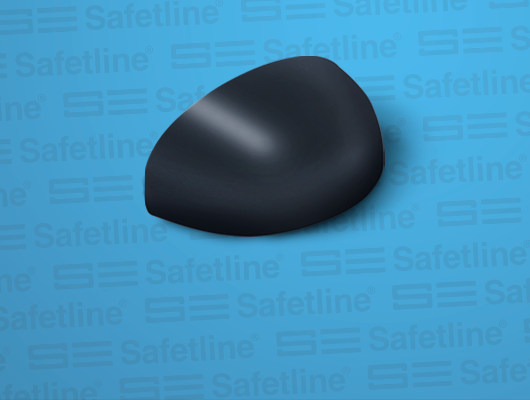Types of toecaps that make up professional footwear

Types of toecaps
Safety toecaps are important components of professional footwear, as they aim to provide additional protection to workers in their working environment when there is a risk of falling heavy or sharp objects on their feet, stomping, kicking or stumbling, as well as burns.
Located at the front of the PPE (Personal Protective Equipment), under the upper, the most well-known safety toecaps in the Occupational Health and Safety market are made of steel or composite.
According to current technical standards, in order to be considered safety, shoes – and their respective toecaps – must pass laboratory tests against impacts of at least 200 J (joules) and 15 kN toe compression strength ( kilonewtons).
It is essential, therefore, to know these requirements to correctly specify the PPE according to the risks of each sector and, then, provide adequate protection to each worker.
STEEL TOPS
Traditional, SAE 1045 carbon steel toecaps with anticorrosive electrostatic paint have been on the market for longer.
The main protections offered by the steel toecap are against falling heavy and sharp materials, burns due to contact with chemicals, perforations by nails, screws and sharp objects and against stubbornness throughout the day.
COMPOSITE TOPS
For less time in the safety toecap market, composite models, made from the combination of carbon fibers, glass and special polyester, without the presence of metallic components, are gaining more and more space.
Most of the protections offered by the composite toecap are similar to those of steel. But one of the important advantages is that, as it does not have metallic components, it does not conduct electricity and, therefore, can be used in environments with risk of electric shock. In addition, it avoids inconvenience where there are metal detectors.
Unlike steel toecaps, composite ones also do not produce the “guillotine effect”, since the material crumbles before damaging the user’s foot.
Composite safety toecaps have a higher cost than steel ones, but bring another extra benefit: greater lightness. Before being part of the shoe, their weight is about 35% less than that of steel toecaps.
However, when the PPE is ready, covered with leather and the sole, the final weight between the shoes differs by about 2.5%, because the composite needs more material to be covered.
Safetline has different options of safety toecaps on its professional shoes to meet the different needs of its customers, according to the occupational risks to which its professionals are potentially exposed in their work activities.
